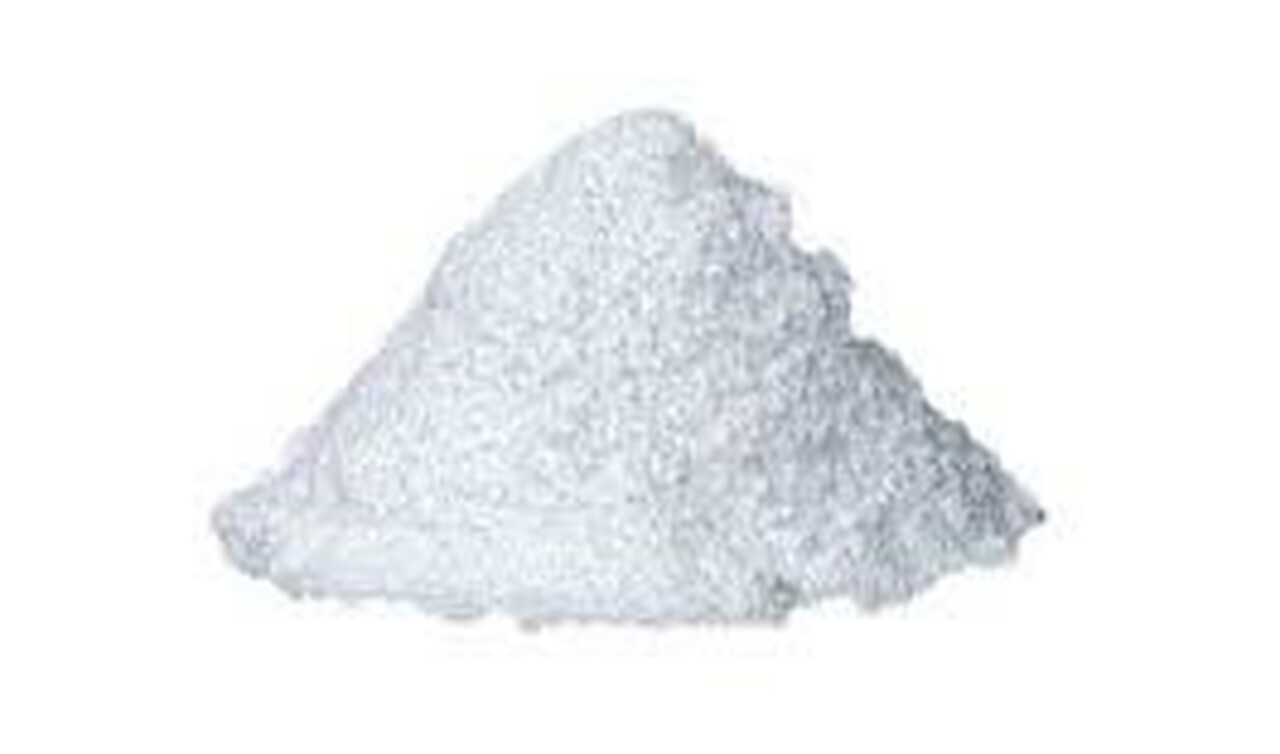Hexagonal Boron Nitride Powder
An Overview About Hexagonal Boron Nitride Powder

Hexagonal Boron Nitride Powder | cdn11.bigcommerce.com
Boron nitride is a chemical refractory material that also happens to be a non-toxic thermal agent with high electrical resistance. It's usually seen in white or crystal form. It's important to understand that hexagonal boron nitride powder is an inorganic type of graphite before ordering it online.
Before Purchasing Boron Nitride Powder A few Pointers for consideration
A synthetic interaction of boron oxide or boron acid with nitrogen present in the air produces BN. Because of its unique features of non-toxicity, thermal shock resilience, and chemical inertness, boron nitride is widely used. Aside from that, the melting point is slightly greater.
When compared to HCI and atomic molecules, BN is a chemical compound that contains an equal quantity of nitrogen and boron and has unique features. It has a lot to do with carbon in such instances. BN, like carbon, exists in crystalline form, with HBN as an example. When ordering hexagonal boron nitride powder online, keep in mind that it can be moulded into a variety of shapes.
The properties of Hexagonal Boron Nitride Powder
HBN is a typical concept for comparing crystalline boron nitride variants. This can take the shape of a graphite-like structure or a diamond-like structure in cubic boron nitride. The need for a precise definition of boron nitride is pressing. Before you purchase Hexagonal Boron Nitride Powder it is suggested that you undertake a proper research. The best place to obtain more information is the online sources. They are a lot of websites where you can obtain information about the product in a few steps.
HBN is one of the most widely used crystalline forms of boron nitride, and its stability is critical. The creation of H-BN occurs when boron acid combines with ammonia in a nitrogen chamber. Dense hexagonal nitride forms can be created using the hot pressing module.
HBN is used in a variety of industries, including polymers, ceramics, and steel, due to its exceptional thermal and physical qualities. The hexagonal variant of HBN, for example, can be utilised to produce oxygen sensors in the vehicle industry.
